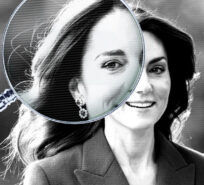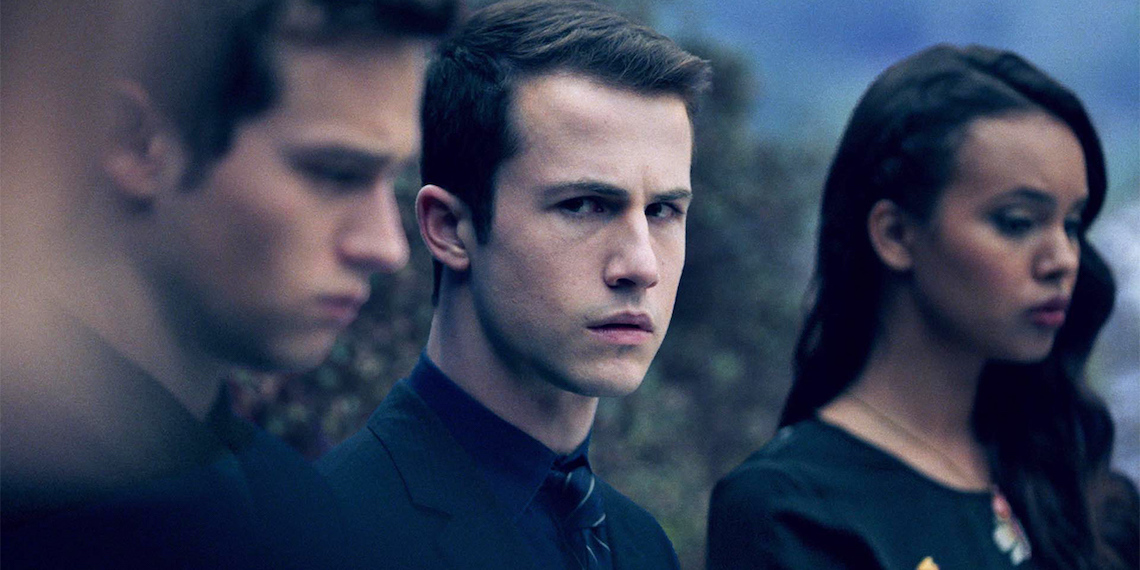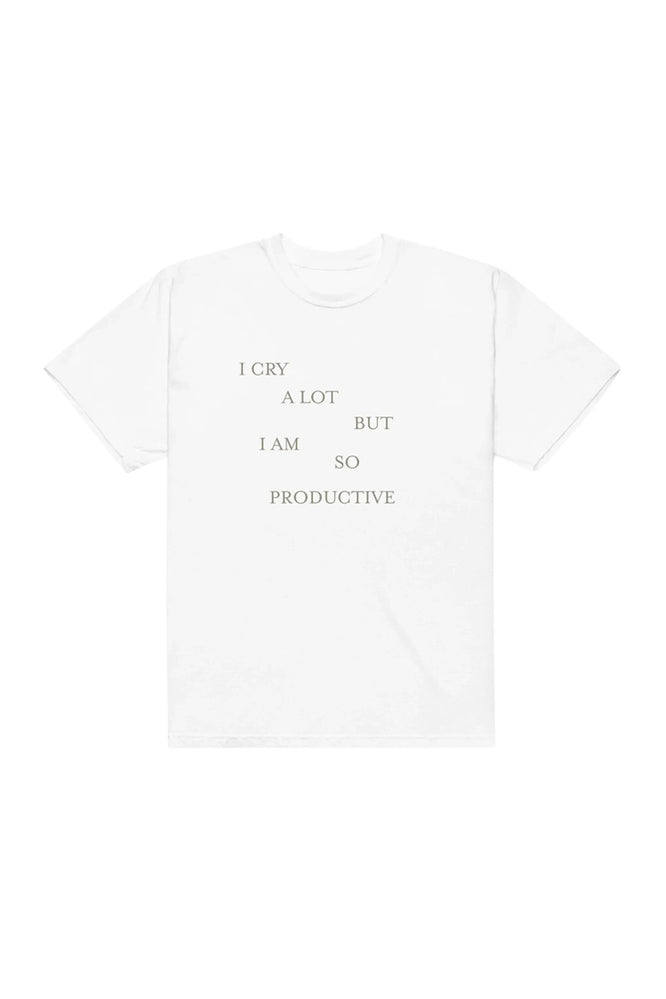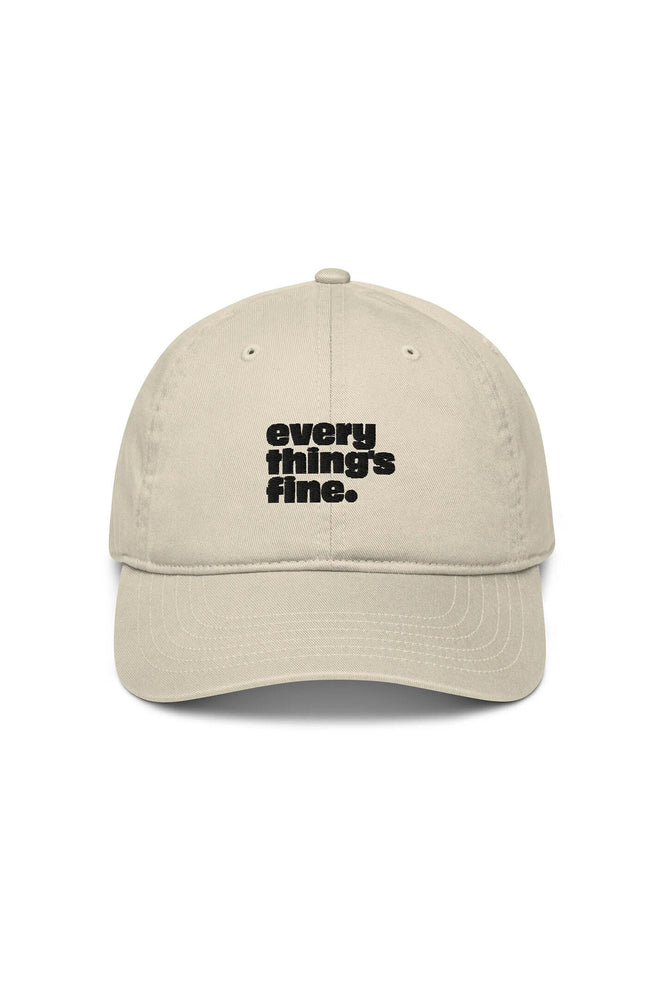God save me from 13 Reasons Why. Because honestly? I can’t save myself and Netflix keeps ordering more episodes and I can’t stop watching. If Euphoria is the good molly, 13RW is the bad cocaine at a rich kid’s party that I just can’t pass up but absolutely should.
Let’s be clear—I watched the first two seasons. I even really liked the first season. This show was at its best when it delved into one dark and complicated area of being a teenager in today’s world—sexual assault, the ensuing bullying, and ultimately suicide. Sure, there were other storylines at play, but they all took a backseat to Hannah’s story as the victim and narrator. The first season spent 13 episodes intricately exploring the experience of what it’s like to exist alongside heralded young men in society—as women, as an object of their bullying, or from the point of view of “one of them” who is internally struggling himself.
But this season Netflix made us all one promise—dead Hannah Baker won’t spend the entire season chasing Clay around like she did in season 2. She will let him live, so to speak. And they delivered on that! God bless you and thank you, Netflix Gods and Selena Gomez. What did they do instead? Well, everything and absolutely nothing at all.

Bryce “The Rapist” Walker is dead. Murdered. Goodbye and good riddance. And we spent the entirety of the season exploring who did it, how they did it, and why it could have been anyone. I was into this! Until I wasn’t. Until Netflix decided to muddy the waters by tackling every politically relevant tragedy that pop culture has shed light on in the last year. School shooters. Immigration. Abortion. Fake abortion clinics. Domestic abuse. Drug abuse. Grappling with internalized homophobia while coming to terms with one’s sexuality. And finally, but almost as a footnote — what happens to survivors and perpetrators in the wake of the #MeToo movement.
These are all things that teen shows ought to explore, but not in a reductive and abbreviated episodic form. Not at the expense of exploring them thoughtfully and meaningfully.
For example, season 2 ended with Tyler Down almost shooting up the entire school dance—if not for Clay and co. intervening. Season 3 opens with Tyler back at school, protected exclusively by his friends, while also confronting his own sexual abuser on a daily basis—and healing anyway without much of an explanation of how. It’s a dangerous and abbreviated answer to an extremely complicated question, but because the season has so many more issues to confront, there’s no time to explore or do this storyline justice.
Early on in season 3, we get a half-an-episode worth of a cut-rate abortion storyline, courtesy of Chloe Rice—Bryce’s ex-girlfriend and the girl who lied under oath to set him free. Chloe is already dealing with a lot, isn’t she? Did she need to be pregnant? Did she need to go to a pro-life/fake clinic with fake escorts who handed her a literal fetus doll as she walked in? This is set in California, right? Not only was this not important to the storyline, it was done so poorly and so bizarrely that if you don’t know better, you’d think abortion was exclusively traumatic.

And while we don’t have time to go into every botched and abbreviated storyline, the one I hated the most was what we did to Jessica Davis. Jessica was raped by Bryce in season 1, and spent much of season 2 finding her voice at trial. Her story is extremely valuable and interesting—and not for nothing, actually related to the initial trauma we were introduced to in season 1. But instead, because again there wasn’t enough time for anything to be done right, we get a reductive, one-dimensional depiction of a sexual assault survivor as angry and unable to be reasoned with. It’s not just bad storytelling; the narrative propels dangerous stereotypes.
For 13 Reasons Why season 3, there was a huge opportunity here to explore the idea of healing. We didn’t need Hannah Baker to be out of the show because her memory was irrelevant (or just because a ghost character is weird)—we needed her ghost gone so that this group of kids, and this community, could face the aftermath of an all-too-common scenario where sexual assault and abuse result in the crippling of not just the victim, but also the family and community that both the victim and perpetrator leave behind. The show had the opportunity to ask the difficult but necessary question: can redemption and healing co-exist? And if so, how?
There were so many opportunities to tackle sensitive subject matter with brevity, but in doing so much, season 3 does so little that we end up with a cast of Riverdale-looking teens running around confronting every conceivable tragedy that 2019’s world can offer up. And all the while, never really exploring how to heal from any of the tragedies set forth.
If Netflix really wants to shock people—and that feels like what they were doing with 27 storylines ripped from the headlines—they’d spend 13 episodes exploring how everyone remaining has to find a way to live again, even in their own dark and quiet moments. Because the most shocking reality isn’t a series of terrible, siloed events—but rather the reality that all the characters, and their community, have to find a way to survive and grow in the aftermath of such insurmountable pain.
Bailey Belzora has very big hair (for very big secrets) and will watch anything with hot teens or murder. Follow her on Instagram and Twitter @bedwerds for what has been famously described as “kind of funny” content.
Images: Netflix; Giphy (2)









































